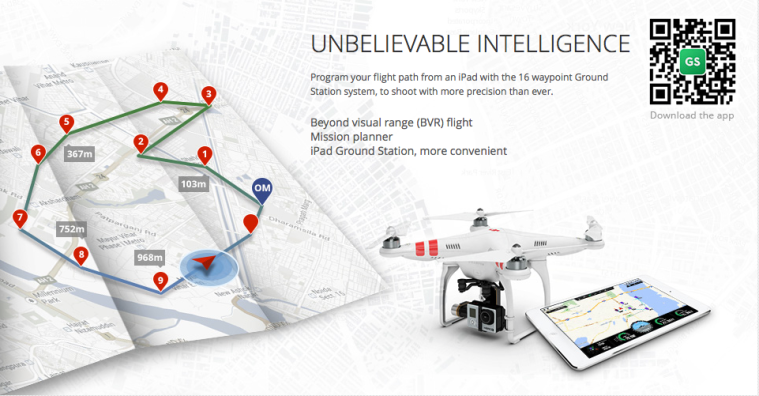
I have been spending the spring break exploring DJI’s Android Waypoints API for autonomous control of the quadcopter. The API allows us to execute a custom mission by creating ‘MissionSteps’ and inserting them into a queue to be processed sequentially by the quadcopter. MissionSteps are simple actions such as taking off, landing, gimbal manipulation, taking a picture, yaw of the quadcopter, and the Waypoints feature, which involves setting a GPS coordinate and altitude to which the quadcopter will automatically fly. We originally intended to map out a simple scenario in a parking lot for a demo of our system. The quadcopter would fly on its own to predetermined parking spots, take a picture, and send it off for processing on our server. However, we have run into much difficulty in developing with Waypoints. The API is poorly documented, with limited description of the behavior of the different MissionSteps. I had to try many of the mission steps just to discover the exact behavior. This has proven rather dangerous. In fact, early today, while testing, the quadcopter suddenly took off and crashed into my house. Fortunately, I was able to catch the drone as it fell. The only damage to the drone was a broken propeller. I have ordered replacements and they should arrive by this Sunday. After this experience, I question the safety and viability of pursuing an autonomous system. We shall discuss with Professor Tagkopoulos at our next meeting on how we should proceed on this portion of the project.